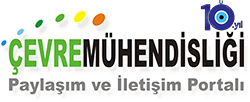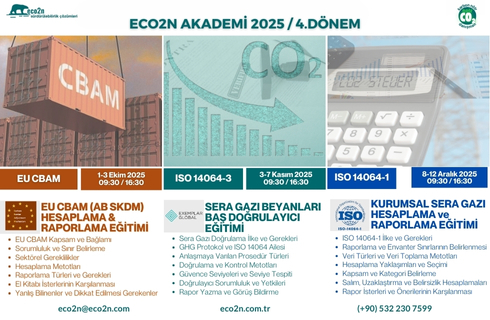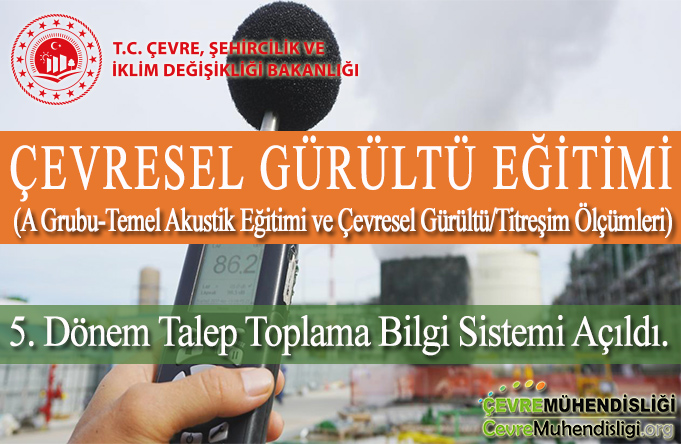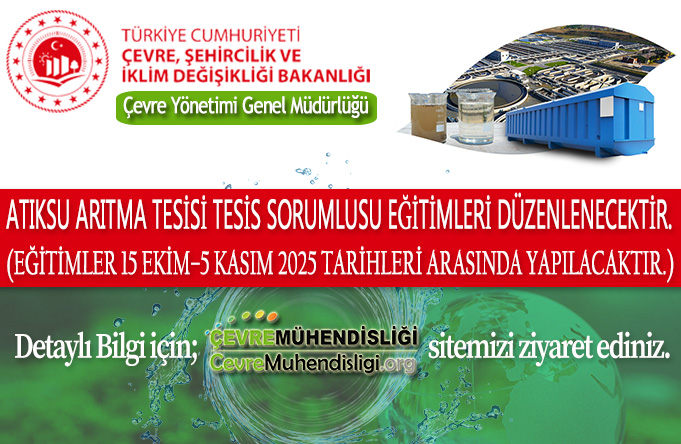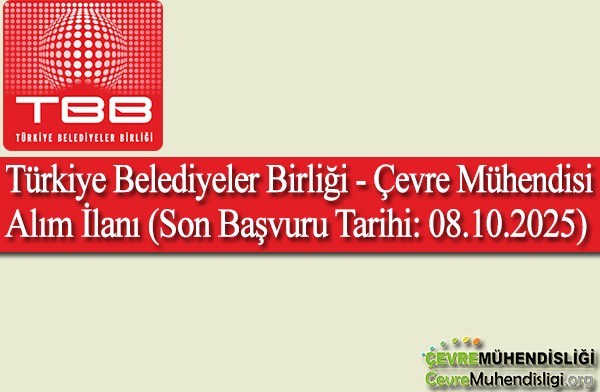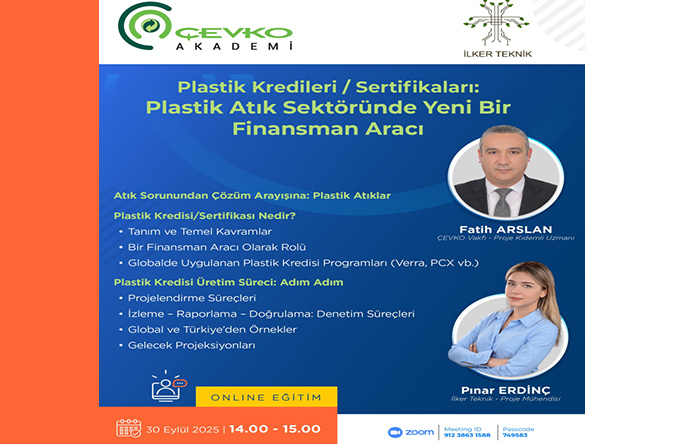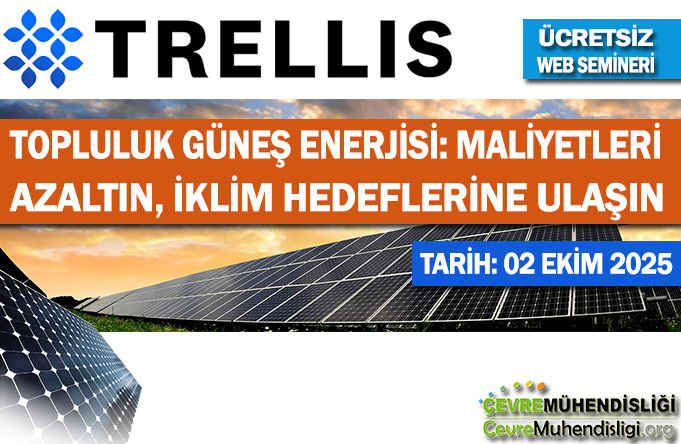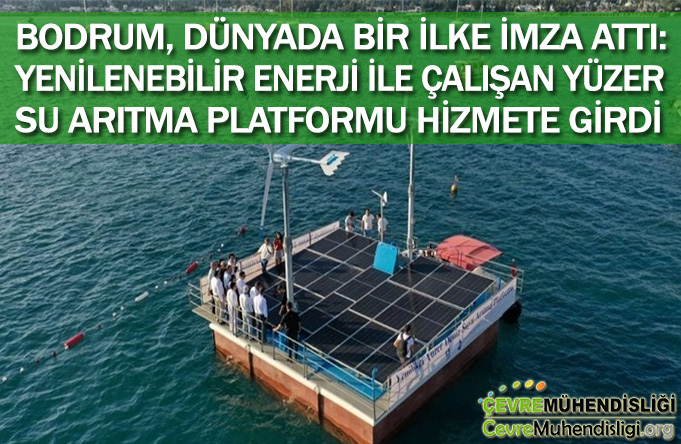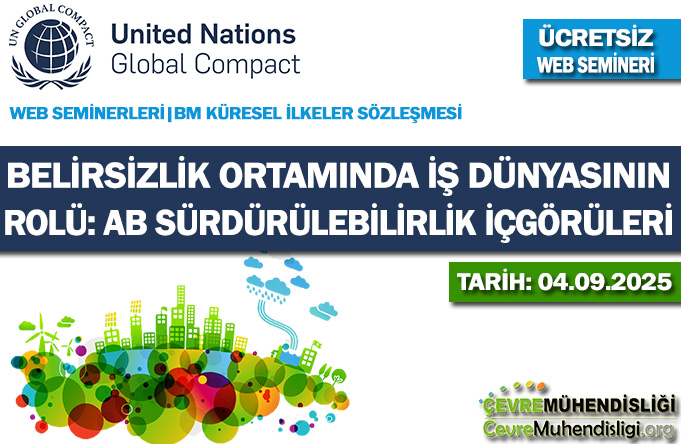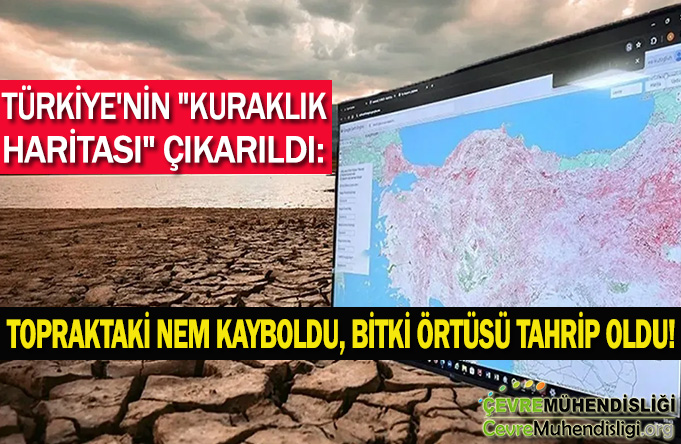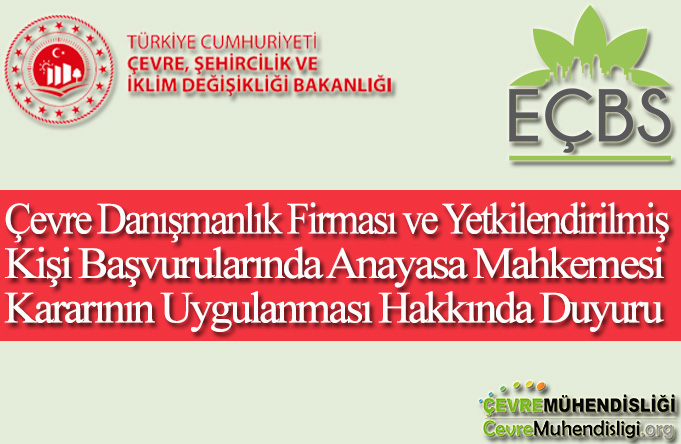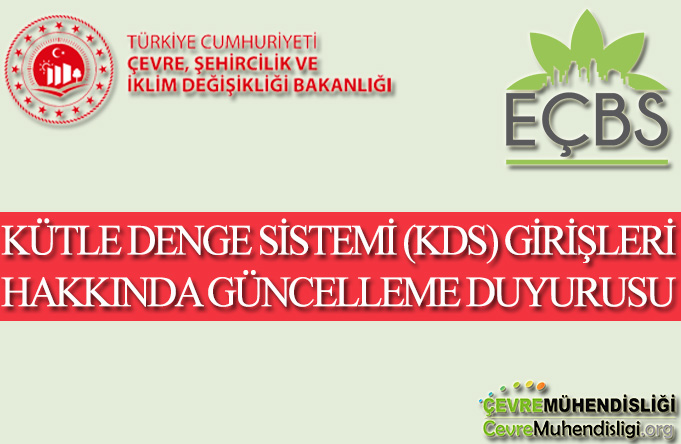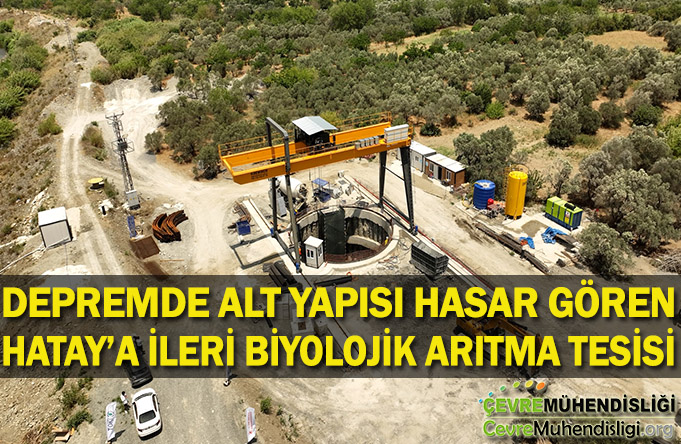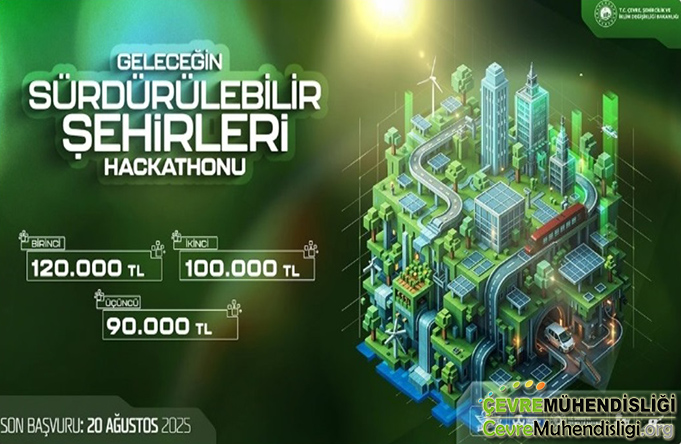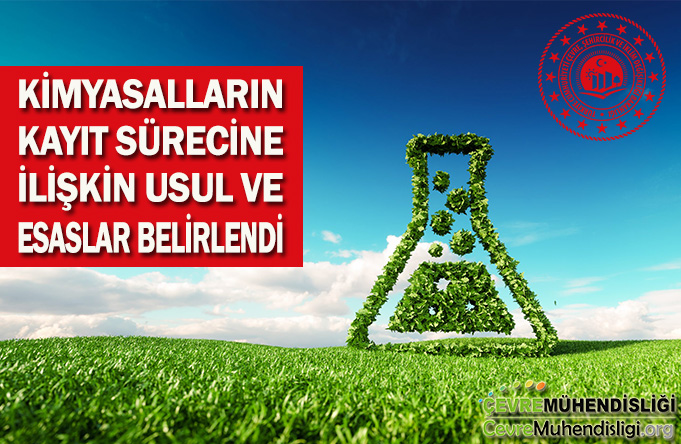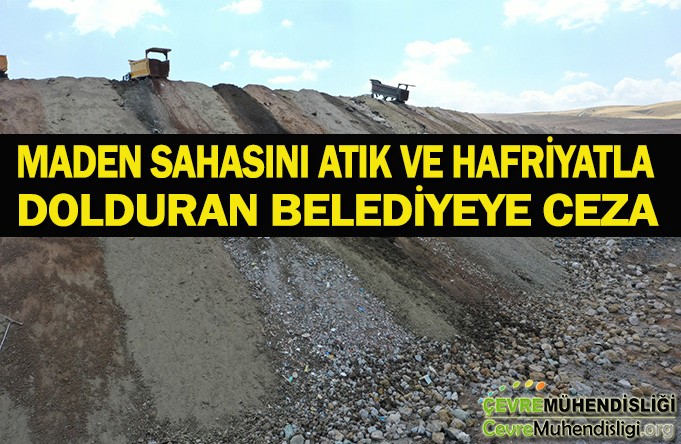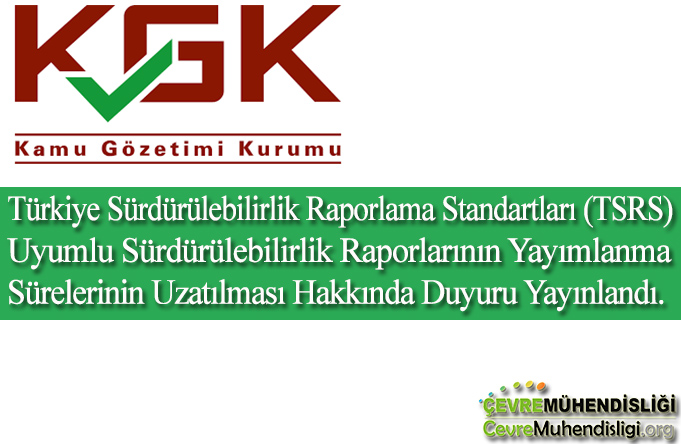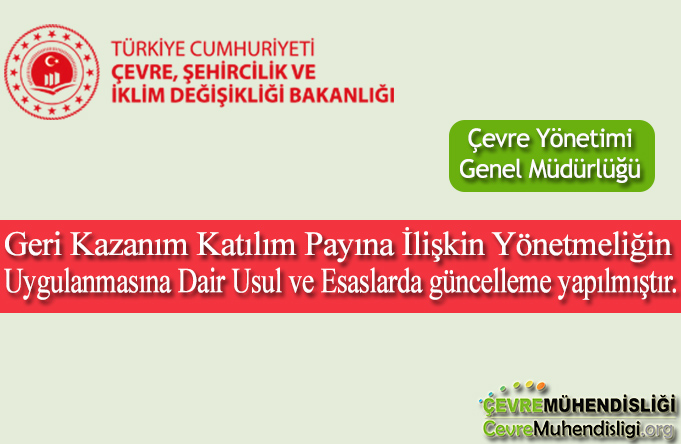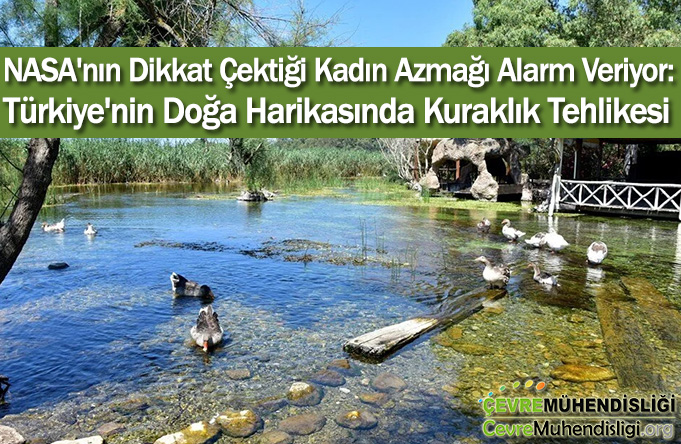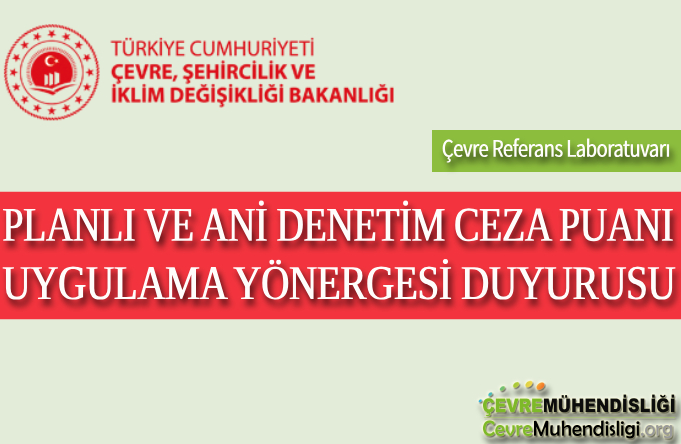
Daima yukarıya bakın, bilmediğinizi öğrenin ve her gün yükselmeye çalışın
Günümüzde biyonanoteknoloji kapsamında birçok araştırma ve geliştirme çalışması yapılmaktadır.
Bu bağlamda en önemli çalışmalardan biri biyolojik canlıların çevre dostu yeşil kimyasal maddelere uyumunu sağlayarak biyokimyanın entegrasyonunu amaçlamaktadır.
Mikroalglerden yararlanmak en iyi yeşil teknoloji alternatiflerinden biridir. Ayrıca doğada çok sayıda mikroalg türü bulunmaktadır. Mikroalgler, protein, karbon ve lipid açısından zengin biyokütleye sahip fotosentetik tek hücreli ve çok hücreli organizmalar olarak tanımlanır. Göller, nehirler, okyanuslar, atık sular ve okyanuslarda yaşarlar (Khan ve diğerleri, 2018). Hayatımızın hemen her köşesinde yer alan bu biyolojik canlılara özellikle kozmetik, enerji, evcil hayvan maması üretimi ve ilaç sektörlerinde rastlanmaktadır. En verimli mikroalg türleri B. braunii, S. obliquus, C. vulgaris, C. reinhardtii, P. tricornutum, C. pyrenoidosa, A. maxima, A. platensis olarak sıralanabilir (Krzemińska ve ark., 2014; Khan ve diğerleri, 2018; Junior ve diğerleri, 2020).
Ancak mikroalgler yetiştirilirken fotobiyoreaktör yüzeyine yapışan sümüksü bir biyofilm tabakası meydana getirirler. Yapışmanın oluşumu van der Waals kuvvetine ve elektrostatik etkileşimlere bağlıdır (Telegdi ve diğerleri, 2016). Bu durum temizlik malzemelerinin daha fazla kullanılmasına ve daha fazla su tüketimine neden olur. Literatürdeki bazı çalışmalarda, adezyonu azaltmak için yüzey modifikasyonları kullanılarak sol jel reaksiyonları ile kompozit yüzeyler oluşturulmuştur. Polimerizasyonun bir çeşidi olan sol jel reaksiyonu iki aşamadan oluşmaktadır. İlk aşamada öncül maddelerin hidrolizi gerçekleşerek -OH grupları oluşur. Son aşamada hidrolize uğramış ürünlerin polikondenzasyonu olur (Yılmaz ve Soylak, 2020).
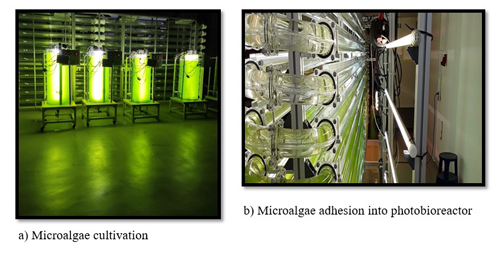
Fig. 1. Birinci adım ve ikinci adım
Kompozit yüzeylerin nanokompozit yüzeylerden farkı
1 ile 100 nm arasında partikül boyutuna sahip yüzeyler nanokompozit yüzeyler olarak adlandırılır. Kompozit yüzeyler, en az iki veya daha fazla farklı bileşiğin bir araya gelmesiyle oluşan yüzeylerdir (Şen, 2020).
Natarajan ve meslektaşları, D.tertiolecta'nın biyolojik kirlenmesinin Ag NPs polidopamin (PDA) kaplı polistiren (PS) substratları sayesinde %98,9 oranında azaldığını buldu. Deniz ortamında, üretilen hidrojel ile H.coffeaeformis'in yapışması sırasıyla yaklaşık %85 kalsiyum aljinat, çinko aljinat ve bakır aljinat tarafından azaltılmıştır (Abi Nassif ve ark., 2019).

Fig. 2. Sol jel reaktör
Verimli mikroalg çeşitleri ve biyokütle verimini etkileyen faktörler
Mikroalglerin biyokütle verimini etkileyen bazı parametreler vardır. Bunlar ışık yoğunluğu, besin alımı, çözünmüş oksijen, pH, sıcaklık ve ışık rengi şeklinde sıralanmıştır (Kong ve et. al., 2010; Simionato ve et. al., 2013; Ramanna ve et. al., 2017).
N. oculata'nın optimum ışık yoğunluğu 52 µmol/m2.s iken Synechocystis sp. 1807 umol/m2.s'dir (Spolaore ve diğerleri, 2006; Martínez ve diğerleri, 2011). C. vulgaris'in optimum pH değeri 7,4 iken S. platensis 9-10'dur (Amini ve et. al., 2016; Zhai ve et. al., 2017).
P. tricornutum'un optimum sıcaklığı 10–20ºC iken S.obliquus 30ºC'dir (Goldman ve diğerleri, 1982; Trivedi ve diğerleri, 2019). Oyarce ve arkadaşları, ışık renginin mikroalglerin biyokütle verimi üzerindeki etkisini inceledi. D. tertiolecta'ya etki eden mavi ışık yayan diyot (LED) ışığının biyokütle veriminin kırmızı LED ışığından 1,7 kat daha yüksek olduğunu bulmuşlardır.

Fig. 3. Farklı mikroalg türlerinin üretiminin optimum ışık rengiyle ilişkisi
Akıllı kaplamalar için girişimcilik aktiviteleri
Hollandalı bir şirket olan Micandi tarafından geliştirilen su bazlı antifouling özellikli akıllı silikon kaplamalar sayesinde gemi yüzeylerindeki bioadezyon azaltılarak enerji tasarrufu sağlanmış ve %100 uçucu organik bileşik (VOC) miktarı azaltılmıştır. Biyosit içermeyen, çevre dostu SLIPS Dolphin kaplama, mikroalg, midye ve midyenin ticari botlara yapışmasını önlemek için Amerika Birleşik Devletleri'nde adaptif yüzey teknolojisi şirketi tarafından üretildi. Ayrıca bu akıllı kaplama sayesinde %8 enerji tasarrufu sağlanmıştır. Dais Analytic şirketinin geliştirdiği NanoClear prosesi, ters osmoz ile karşılaştırıldığında sermaye ve işletme maliyetlerini %50 oranında azaltmıştır. Acatehol firmasının geliştirdiği Gemeau teknolojisi ile cilt bakımı ve tekstil ürünlerine antibiyofouling özelliği kazandırılmıştır.

Fig. 4. Nanoteknoloji ürünü
Biz buradan ne anladık ?
Güncel konulara baktığımızda nanoteknoloji birçok disipline girmiştir. Özellikle kimyasalların zararlı etkilerinin anlaşılmasıyla çevre mühendisliği kapsamında yeşil teknolojiye olan talep artmıştır. Bu durum Endüstri 4.0 devriminde de kendini göstermiş ve döngüsel ekonomi kapsamında maliyetleri azaltan yeni çevre dostu kompozitler ve nanokompozitlerin üretimine yönelik çalışmaların oluşmasına katkı sağlamıştır. Sonuç olarak, yakın gelecekte akıllı fotobiyoreaktörlerin üretilmesinde herhangi bir engel bulunmamaktadır.
--------------------- İngilizce Versiyon / English Version ---------------------
Are Possible Made Smart Photobioreactors?
Always look up, learn what you don’t know, and try to rise every day
At the present time, many research and development studies were are being made within the scope of bionanotechnology. In this context, one of the most important studies aims at the integration of biochemistry by ensuring the alignment of biological livings to eco friendly green chemical materials.
Benefit from microalgae is one of the best green technology alternatives. Also, a great number of microalgae species in nature. Microalgae are defined as photosynthetic unicellular and multicellular organisms with biomass rich in protein, carbon and lipid. They live lakes, rivers, oceans, wastewater and oceans (Khan and et. al., 2018). These biological livings, which are located in almost every corner of our lives, are encountered especially in the cosmetics, energy, pet food production and pharmaceutical sectors. The most productive microalgae species can be listed as B. braunii, S. obliquus, C. vulgaris, C. reinhardtii, P. tricornutum, C. pyrenoidosa, A. maxima, A. platensis (Krzemińska and et. al., 2014; Khan and et. al., 2018; Junior and et. al., 2020).
However, while microalgae was cultivating, they bring about slimy biofilm layer which adhesion on photobioreactor surface. Formation of the adhesion depends upon van der Waals force and electrostatic interactions (Telegdi and et. al., 2016). This condition cause more usage the cleaning materials and more consumption of the water. Some studies in the literature, composite surfaces were formed via sol gel reactions using surface modifications to bring down adhesion. Sol gel reaction, which is a kind of step polymerization consists of the two steps. By happening hydrolysis of the precursor -OH groups are formed in the first stage. Polycondensation of the hydrolyzed products in the final stage (Yilmaz and Soylak, 2020).

Fig. 1. First step and second step
Optimum temperature of the P. tricornutum is 10–20ºC, while S.obliquus is 30ºC (Goldman and et. al., 1982; Trivedi and et. al., 2019). Oyarce and colleagues examined effect of the light color on the biomass yield of microalgae. They found that biomass yield of the blue light emitting diode (LED) light acting on D. tertiolecta was 1.7 times higher than that of red LED light.
Fig.3. Different microalgae species cultivation related to optimum light colour
Entrepreneurship activities for smart coatings
Thanks to the water based smart silicone coatings with antifouling property developed by Micandi which, a Dutch company energy savings were achieved by reducing the bioadhesion on the ship surfaces, and was reduced amount of the 100% volatile organic compounds (VOCs). Biocide free, eco friendly SLIPS Dolphin coating was produced in United States by adaptive surface technology company in order to prevent microalgae, barnacle and mussel from adhering to commercial boots. In addition, 8% energy savings were succeeded thanks to this smart coating. The NanoClear process developed by Dais Analytic company was reduced the capital and operatinal costs by 50% compared to reverse osmosis. With the Gemeau technology developed by the Acatechol company, skin care and textile products have been given antibiofouling properties.
Composite surfaces differences from nanocomposite surfaces
Surfaces with a particle size between 1 and 100 nm are referred to nanocomposite surfaces. Composite surfaces are surfaces formed by getting together at least two or more different compounds (Sen, 2020).
Natarajan and colleagues found that the biofouling of D. tertiolecta was reduced by 98.9% through Ag NPs polydopamine (PDA) coated polystyrene (PS) substrates. In the marine environment, the adhesion of H.coffeaeformis was reduced by roughly 85% calcium alginate, zinc alginate and copper alginate with the produced hydrogel, respectively (Abi Nassif and et. al., 2019).

Fig. 2. Sol gel reactor
Efficiently microalgae varieties and affecting factors their biomass yield
There are some parameters that affect the biomass yield of microalgae. These listed as follows light intensity, nutrient uptake, dissolved oxygen, pH, temperature, and light colour (Kong and et. al., 2010; Simionato and et. al., 2013; Ramanna and et. al., 2017).
Optimum light intensity of the N. oculata is 52 µmol/m2.s, while Synechocystis sp. is 1807 µmol/m2.s (Spolaore and et. al., 2006; Martínez and et. al., 2011). Optimum pH value of the C. vulgaris is 7.4, while S. platensis is 9–10 (Amini and et. al., 2016; Zhai and et. al., 2017).
Optimum temperature of the P. tricornutum is 10–20ºC, while S.obliquus is 30ºC (Goldman and et. al., 1982; Trivedi and et. al., 2019). Oyarce and colleagues examined effect of the light color on the biomass yield of microalgae. They found that biomass yield of the blue light emitting diode (LED) light acting on D. tertiolecta was 1.7 times higher than that of red LED light.

Fig.3. Different microalgae species cultivation related to optimum light colour
Entrepreneurship activities for smart coatings
Thanks to the water based smart silicone coatings with antifouling property developed by Micandi which, a Dutch company energy savings were achieved by reducing the bioadhesion on the ship surfaces, and was reduced amount of the 100% volatile organic compounds (VOCs). Biocide free, eco friendly SLIPS Dolphin coating was produced in United States by adaptive surface technology company in order to prevent microalgae, barnacle and mussel from adhering to commercial boots. In addition, 8% energy savings were succeeded thanks to this smart coating. The NanoClear process developed by Dais Analytic company was reduced the capital and operatinal costs by 50% compared to reverse osmosis. With the Gemeau technology developed by the Acatechol company, skin care and textile products have been given antibiofouling properties.

Fig. 4. Products of the nanotechnology
So what did we understand?
When we look at current topics, nanotechnology has entered into many disciplines. Especially since the harmful effects of chemicals have been understood, the demand for green technology has increased within the scope of environmental engineering. This situation also showed itself in the Industry 4.0 revolution and contributed to the creation of studies for the production of new eco friendly composites and nanocomposites that cut down costs scope of circular economy. Consequently, there aren’t anything obstacle in the production of smart photobioreactors in the near future.
Referanslar ve İlgili Linkler / References and Related Links
Khan, M. I., Shin, J. H., & Kim, J. D. (2018). The promising future of microalgae: current status, challenges, and optimization of a sustainable and renewable industry for biofuels, feed, and other products. Microbial cell factories, 17(1), 1–21.
Krzemińska, I., Pawlik-Skowrońska, B., Trzcińska, M., & Tys, J. (2014). Influence of photoperiods on the growth rate and biomass productivity of green microalgae. Bioprocess and biosystems engineering, 37(4), 735–741.
Khan, M. I., Shin, J. H., & Kim, J. D. (2018). The promising future of microalgae: current status, challenges, and optimization of a sustainable and renewable industry for biofuels, feed, and other products. Microbial cell factories, 17(1), 1–21.
Junior, W. G. M., Gorgich, M., Corrêa, P. S., Martins, A. A., Mata, T. M., & Caetano, N. S. (2020). Microalgae for biotechnological applications: Cultivation, harvesting and biomass processing. Aquaculture, 528, 735562.
Telegdi, J., Trif, L., & Románszki, L. (2016). Smart anti-biofouling composite coatings for naval applications. In Smart Composite Coatings and Membranes (pp. 123–155). Woodhead Publishing.
Yilmaz, E., & Soylak, M. (2020). Functionalized nanomaterials for sample preparation methods. In Handbook of Nanomaterials in analytical chemistry (pp. 375–413). Elsevier.
Sen, M. (2020). Nanocomposite Materials. Nanotechnology and the Environment.
Natarajan, S., Lakshmi, D. S., Thiagarajan, V., Mrudula, P., Chandrasekaran, N., & Mukherjee, A. (2018). Antifouling and anti-algal effects of chitosan nanocomposite (TiO2/Ag) and pristine (TiO2 and Ag) films on marine microalgae Dunaliella salina. Journal of environmental chemical engineering, 6(6), 6870–6880.
Abi Nassif, L., Rioual, S., Trepos, R., Fauchon, M., Farah, W., Hellio, C., … & Lescop, B. (2019). Development of alginate hydrogels active against adhesion of microalgae. Materials Letters, 239, 180–183.
Kong, Q. X., Li, L., Martinez, B., Chen, P., & Ruan, R. (2010). Culture of microalgae Chlamydomonas reinhardtii in wastewater for biomass feedstock production. Applied biochemistry and Biotechnology, 160(1), 9–18.
Simionato, D., Basso, S., Giacometti, G. M., & Morosinotto, T. (2013). Optimization of light use efficiency for biofuel production in algae. Biophysical chemistry, 182, 71–78.
Ramanna, L., Rawat, I., & Bux, F. (2017). Light enhancement strategies improve microalgal biomass productivity. Renewable and Sustainable Energy Reviews, 80, 765–773.
Spolaore, P., Joannis‐Cassan, C., Duran, E., & Isambert, A. (2006). Optimization of Nannochloropsis oculata growth using the response surface method. Journal of Chemical Technology & Biotechnology: International Research in Process, Environmental & Clean Technology, 81(6), 1049–1056.
Martínez, L., Redondas, V., García, A. I., & Morán, A. (2011). Optimization of growth operational conditions for CO2 biofixation by native Synechocystis sp. Journal of Chemical Technology & Biotechnology, 86(5), 681–690.
Amini, H., Wang, L., & Shahbazi, A. (2016). Effects of harvesting cell density, medium depth and environmental factors on biomass and lipid productivities of Chlorella vulgaris grown in swine wastewater. Chemical Engineering Science, 152, 403–412.
Zhai, J., Li, X., Li, W., Rahaman, M. H., Zhao, Y., Wei, B., & Wei, H. (2017). Optimization of biomass production and nutrients removal by Spirulina platensis from municipal wastewater. Ecological engineering, 108, 83–92.
Goldman, J. C., Riley, C. B., & Dennett, M. R. (1982). The effect of pH in intensive microalgal cultures. II. Species competition. Journal of experimental marine biology and ecology, 57(1), 15–24.
Trivedi, J., Singh, J., Atray, N., Ray, S. S., & Agrawal, D. (2019). Development of a non-linear growth model for predicting temporal evolution of Scenedesmus obliquus with varying irradiance. Bioprocess and biosystems engineering, 42(12), 2047–2054.
Rebolledo-Oyarce, J., Mejía-López, J., García, G., Rodríguez-Córdova, L., & SáezNavarrete, C. (2019). Novel photobioreactor design for the culture of Dunaliella tertiolecta–Impact of color in the growth of microalgae. Bioresource technology, 289, 121645.
https://www.micanti.com/about-micanti/.
https://adaptivesurface.tech/.
https://daisanalytic.com/applications/nanoclear/.
Yazar: Tuğçe ERVAN - Çevre Mühendisi
Bizleri desteklemek ve tüm güncel gelişmelerden haberdar olmak için bizi sosyal medyada takip ediniz...![]()
![]()
![]()
![]()
![]()
![]()
![]()

